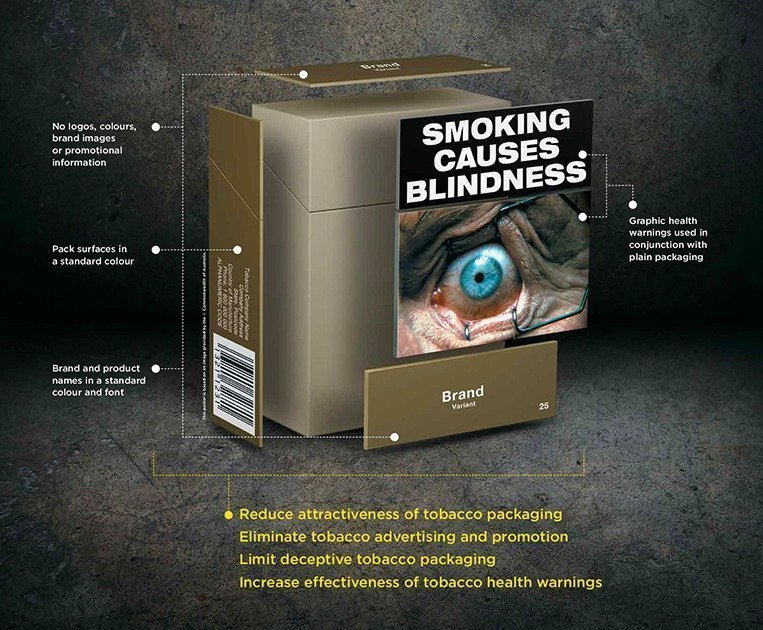A seat at the high table

Past Itu Chaudhuri
For at least half a century, design has been seeking a seat at the high table. Its leaders, a
motley bunch of academics, 'visionaries' and the odd forward-thinking practitioner, believe that blueprint should have a greater influence in the public sphere. Why not a presence in government or at least on company boards?
To get there, and at that place are signs of it happening, designers must, similar salmon are reputed to do, swim upstream to lay the eggs of their interventions. Upstream is where the decisions are made well-nigh what to pattern, and how to intervene in a given situation. Downstream of this is where eggs are hatched, and design in the narrower sense of giving form to things lies hither.
Business has been drawn to design. Its lodestar may seem to be the fifteen year rise and rise of Apple, seen every bit the best example of making blueprint a competitive advantage. But it's non making bonny products alone that matters. It's the 'design thinking' that the management world talks up every bit enthusiastically equally design'due south leaders. This is a toolkit of broadly applicable skills, habits and attitudes that practiced designers (should) have.
These thoughts came, every bit they oftentimes do, from random stimuli (openness to which could be skill #1).
Life saving
The first of these was an email from a friend, pointing to a BBC website* slideshow called
"graphic design that tin can help relieve lives". It sounded too good to be truthful; and while it was, the examples are instructive in other ways. Let'due south see.
Stephen Doe'due south wall paintings illustrate with vicious clarity the symptoms of ebola, in depression-literacy Liberia, and probably saved lives during the 2014 outbreak. It went viral, via posters and billboards.
Then there are 'plain pack' cigarette packs, with ghoulish graphics of smoker's diseases,
designed to deter, pioneered in Australia. Reports on their success are mixed, merely let'due south become with those that say they do. (Another attitude: being comfy with validity, non needing proof). Next is the highly distinctive check pattern on British ambulances, which instantly says 'emergency services' to Britons, seen through a rear view mirror, or anywhere else. As an bated, another common device, laterally inverting the word 'ambulance' on the vans so it reads correctly in the mirror has always struck Deep Design every bit clever but weak, though bear witness is lacking.
In each of these cases, the graphic design itself, in the sense of the visual form given to the intervention, is downstream of the upstream decision to human activity in that way. The designer's arts and crafts equally class-giver is less of import, albeit to varying degrees.
Stephen Doe's wall paintings are effective despite their crudity, non because crudity is somehow a cunning device that makes it effective. Similarly, it's the idea of placing icky graphics to encompass cigarette packs while eliminating the brand, that has the impact. Information technology constitutes the upstream design thinking, and the details of how the horrific ulcers are pictured is secondary.

If nosotros were to hype, as the BBC written report does, the precise shade of brown used—'opaque
couché', billed the 'nearly nauseating colour in the world', chosen after rigorous research, we
would miss the signal. And indulge in misplaced mystification, because colors are ugly merely by the associations we attach to them. Pantone 448, as the color is known, might readily accommodate an elegant men's cigarette pack (brown is a staple of men's products).
Likewise the check blueprint that spells 'emergency' does so past repetition and its optical holding.
That they are drawn from Battenberg block (the checks evidence up when yous cut through one) is, like the 'earth's ugliest colour', tag, romanticizing a good choice. The pick of the checks is of import, just both impact and the residual of creative weight prevarication upstream.

Smoke without fire
More than stimuli came in the form of Richard Thaler'due south Nobel Prize for his foundational work in behavioural economics, (after Daniel Kahnemann's Nobel win in 2002) following a mention of Thaler in the last cavalcade, on design and psychology. At the same time came the pre-Diwali fireworks in the form of the Supreme Court'south cracker bans in Delhi.
Ane of the biases that behavioral psychology explores is "what you come across is all there is". Information technology refers to our tendency to care for the evidence of our eyes every bit a complete motion picture of a reality. Events in the news, particularly the images we are exposed to, called 'available' in psycho-speak, dominate our thinking.
By this thinking, Diwali pollution hogs our attention considering both the crackers and their polluting after-furnishings are strikingly visual, not unlike the uglified cigarette packs. This outweighs its extremely short-lived effect. Instead, it's the long-term, everyday, 'permanent' kind of pollution that matters far, far more. Simply invisibility ensures its lack of salience.

The Delhi Metro, while information technology was existence built, made diligent employ of well-painted and marked
barricades, screening u.s.a. from continuous exposure to dug-upwards roads. The Democracy Games did non, and invited acrimony. The Metro construction was admired, the Games' works
mocked. This visual cistron likely exaggerated both reputations.
A Task Clarification
Designers with upstream ambitions must reflect on things in psychological terms. But they also know that none of these upstream acts, yet well conceived, would have taken place without the skill of rallying facts, building consensus and steering information technology through a wood of conflicting
stakeholder interests. Buckminster Fuller'due south (attributed) description of a designer as "emerging synthesis of artist, inventor, mechanic, objective economist and evolutionary strategist" could well include 'politician' and 'psychologist'.
Indeed, some of the best-regarded companies emphasize blueprint with the new position of Chief Pattern Officer. Their upstream and downstream influence, and the new skills and mindsets that the CDO and his employers volition need, deserve to be considered.
Beginning published in a slightly modified form 'A seat at the Loftier Tabular array' in Business Standard, Deep Design, a fortnightly column past Itu Chaudhuri.
Source: https://packagingsouthasia.com/supply-chain-function/design-marketing/a-seat-at-the-high-table/
Post a Comment for "A seat at the high table"